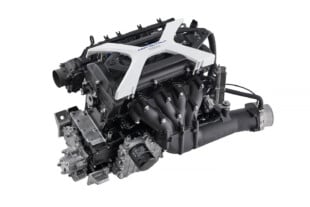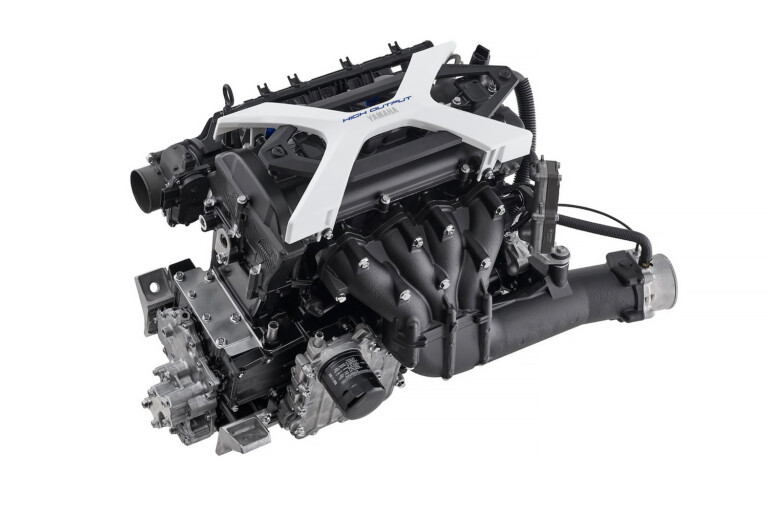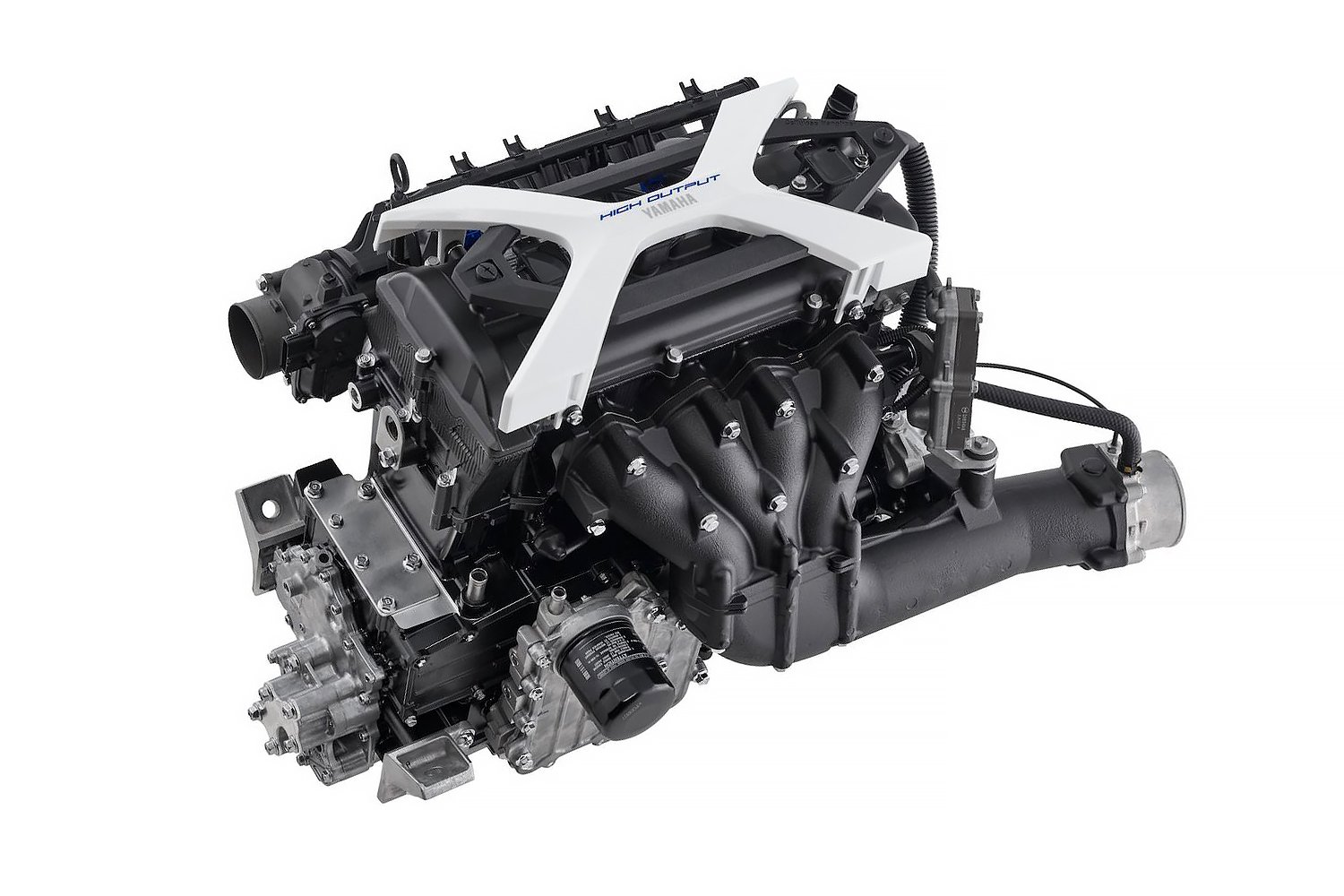Racers who turn up the turbo boost and don’t see a power increase need to look at total engine airflow.
That advice comes from Ben Strader of the EFI University, who made the opening presentation at the Advanced Engineering Technology Conference that started today in Indianapolis. His topic was titled “Advanced EFI for Circle Track and Drag Racing,” with a strong focus on getting the ECU to fully understand the turbocharging operation. The engine airflow theme was followed up by Harold Bettes of Power Technology Consultants who talked about “The Myths, Legends and Facts of Airflow, Engines and Dynos.”
“You’ve got to know what both ends of the engine are doing,” stresses Strader.
With real-world and theoretical examples, Strater noted the difference between supercharger and turbocharger boost.
“They behave differently, and we need to make the ECU understand those differences,” says Strader.
The presentation started with a scenario of a supercharged engine using stock exhaust manifolds. If tubular headers are bolted in place, the boost goes down yet power goes up. However, it would be inaccurate to make such a general conclusion in all situations.
“Part of the problem is the way we define boost,” says Strader. “With less total engine restriction, more air can pass through an engine instead of stacking up in the intake manifold. We can conclude that more total engine ‘airflow’ is more important than simply more boost and redefine ‘boost’ as a measurement of how air the engine could not use.”
Strader says engine tuners should know the pressure at both the inlet and exhaust manifolds and offered the question, “What if we kept the ‘boost’ constant and only vary the exhaust restriction?”
The answer, of course, is that if exhaust pressure goes up, power would go down.
“This is the essence of what makes a supercharger different than a turbo,” explains Strader. “With a supercharger we have a fixed exhaust restriction and ‘boost’ is a function of the relative size of the compressor to the engine displacement and the rotational speed of the compressor due to pulley diameter ratios.”
With a turbo, the boost is still a function of the compressor size, its speed and engine displacement but the compressor speed depends on the exhaust flow rate and not engine rpm. And the exhaust flow rate is dependent on the waste gate operation.
Strader offered an example of a road racer where the engine boost and rpm were the same but as the throttle position changed by 25 percent the air/fuel ratio also changed.
“In both cases the engine was at the same rpm and the same MAP, so why the change in Lambda?” asks Strader.
Turns out that in order to maintain the same intake manifold pressure or boost when the throttle was backed off, the turbo had to spin faster. That meant sending more exhaust flow to the turbo, which increased the back pressure in the exhaust system and a reduction in the overall volumetric efficiency of the engine. And why didn’t the engine’s ECU know the difference and adjust the fuel curve?
“Because the ECU is looking at only half the story,” says Strader, noting that the ECU monitors engine rpm and load for determining the engine’s VE and the definition of “load” is simply set to manifold pressure.
Strader says a better method is to redefine load to include back pressure and that ECU developers are working on adding the necessary data channels and program calculations. Then racers could change turbo housings to suit various tracks.
“In addition, we can also use our data log files to help us under how well the turbo choice is matched to our engine,” adds Strader. “By watching the change in efficiency as we call for more boost, we can see when the compressor begins to reach the choke point because the efficiency drops off severely with an increase in boost beyond the ideal.”
In discussing the EFI University, Strader noted that new courses for 2014 include Engine Blueprinting, Alternative Fuel, Turbocharging Fundementals and “Application of Power, which will cover a number of different performance applications, including traction control.
In the morning’s second presentation, Bettes offered a wide-ranging discussion of engine airflow principals and practical solutions and/or alternatives to common problems. He noted that sometimes the best approach will go against conventional opinion found on the Internet and that consistent testing will work best for any development program. Highlights of his presentation include:
- Use an exhaust pipe when flow testing exhaust ports on a flowbench
- Port shape is much more influential than size
- Use port molds as they allow careful measurement of cross sections and accurately locate the minimum cross section
- Combustion chamber design strongly influences BSFC
- Camshaft selection should be based on total engine airflow package and cams should be chosen last, not first



















